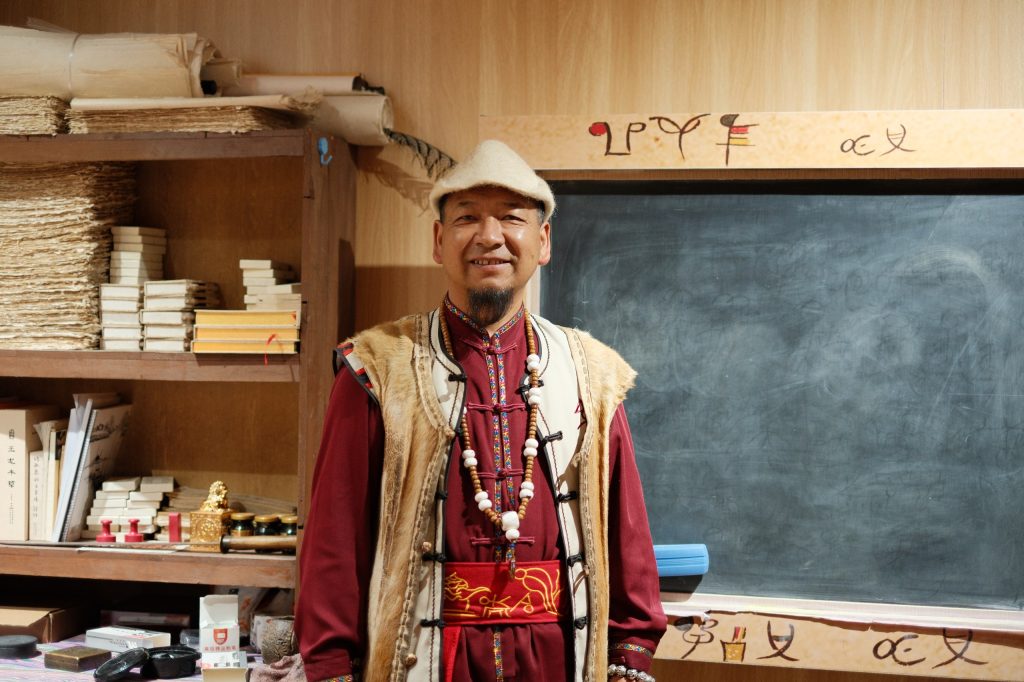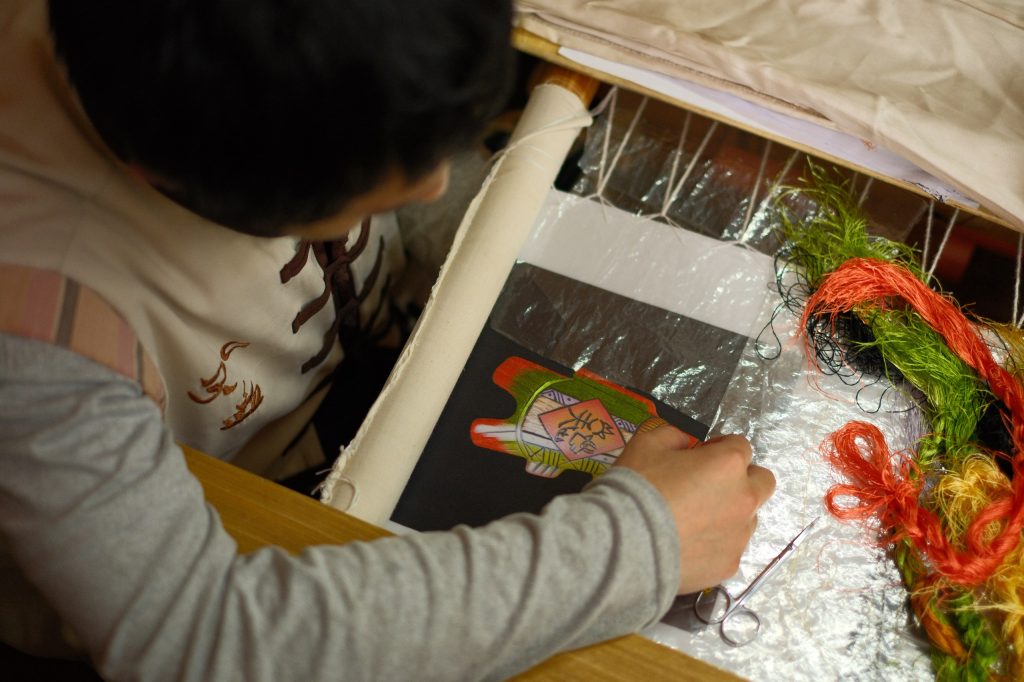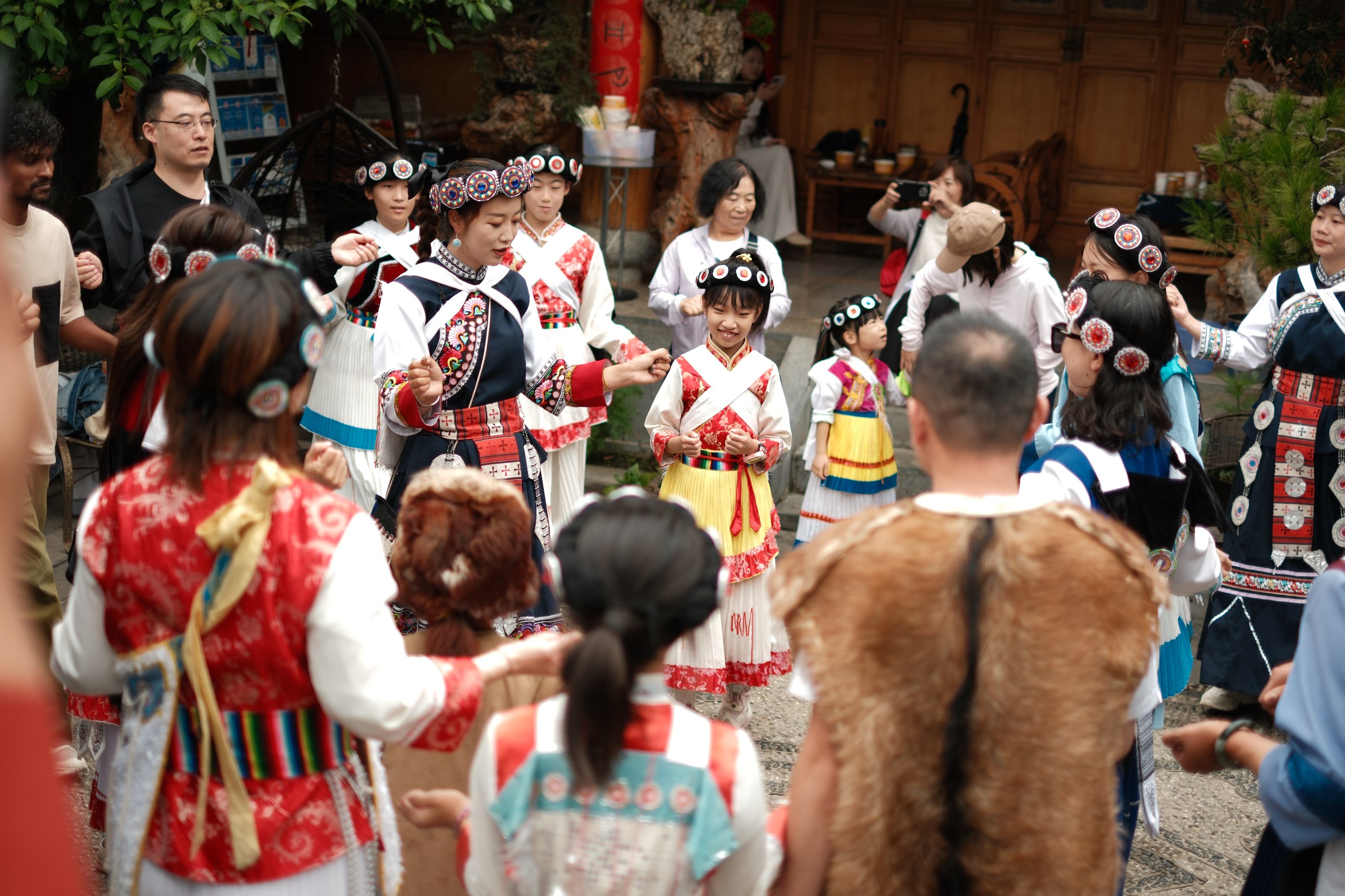
The journey to Lijiang is a transition through both landscape and time. Arriving by high-speed rail from the sprawling provincial capital, Kunming, you are whisked from a modern metropolis into the heart of an ancient kingdom. Lijiang’s Old Town, a UNESCO World Heritage site, reveals itself not as a static museum piece, but as a living, breathing entity. It’s a beautifully preserved labyrinth of cobblestone lanes, slick from a recent shower, where weeping willows dip their branches into canals that crisscross the city like veins. Every turn reveals a new vista: a carved wooden doorway, a string of red lanterns swaying gently in the breeze, the sound of flowing water providing a constant, soothing soundtrack. It is immediately clear why this place has captivated travellers for centuries.
Our first official stop was the Naxi Dongba Hieroglyph Experience Hall, a quiet sanctuary dedicated to one of the world’s last living pictographic languages. This is a script that feels elemental. Inside, we met Mr. He, a master calligrapher in his late sixties, his face a roadmap of gentle concentration. He sat before a long scroll of handmade paper, his brush moving with a slow, deliberate grace. “It is not just writing,” he told us through our translator, pausing to dip his brush in black ink. “It is the soul of my ancestors. Each stroke holds a story, a prayer, a piece of the mountain. This symbol for ‘tiger’,” he explained, painting a powerful, abstract feline, “it contains the spirit of the animal, not just its name.”

When asked about the future of this unique script, a shadow of concern crossed his features. “We teach it to the young ones, but their world is full of different symbols… phone screens, brand logos. My fear,” he confessed, setting his brush down, “is that this soul will become just a decoration, something for tourists to photograph but not to truly understand.” There’s a tangible poignancy in his words, a sense of witnessing something both precious and fragile – a unique cultural identity facing the inevitable tide of modernity and global homogenisation.
The following day, we ventured to the quieter outskirts, away from the bustling centre. Yuhu Village, with its sturdy, distinctive stone-clad houses, sits silently at the foot of the majestic, cloud-shrouded Jade Dragon Snow Mountain. It was once home to the famed Austro-American explorer and botanist Joseph Rock, and you can almost feel his scholarly spirit lingering in the crisp mountain air. Further on, in the even more rustic Baisha Ancient Town, we visited the Jinxiu Art Academy. Here, the legacy of Naxi culture is being meticulously woven into stunningly intricate embroidery. We saw artisans, their hands moving with a lifetime of practice, preserving their heritage not behind glass in a museum, but through the living, vibrant threads of their craft.

We spoke with a young embroiderer named A-Li, her fingers dancing over a piece of silk depicting a mythical phoenix. “My grandmother taught me the traditional patterns,” she said, her eyes sparkling with pride. “They are our foundation. But now, I see the world differently. I add new colours, new ideas.” She pointed to the phoenix’s tail, where she had incorporated threads of iridescent blue and silver, a clear departure from the classic palette. “Tourists love the old stories, but they also want something that feels new. We are not just preserving the past; we are stitching a new future for it. It is how we survive and how our art continues to breathe.” Here, in the shadow of the mountains, history is not a relic; it’s a daily, devotional practice being reinterpreted for a new generation.
